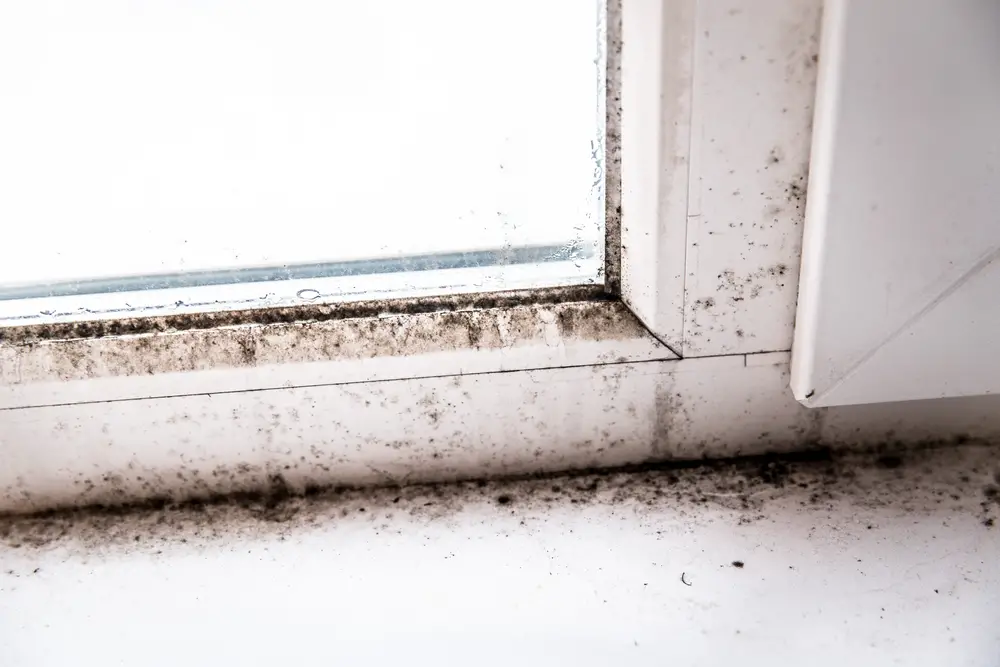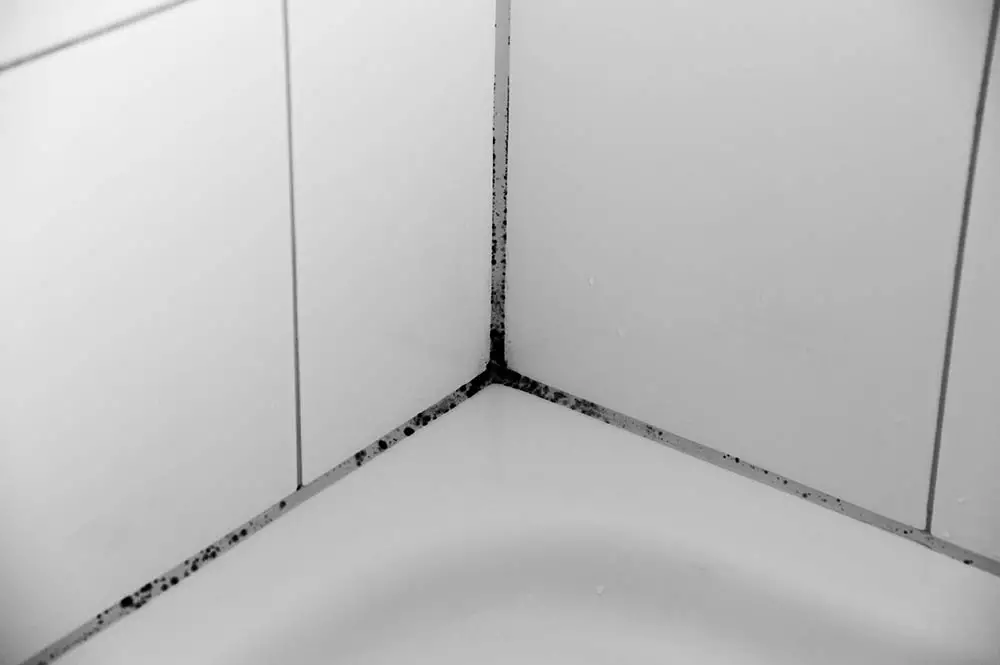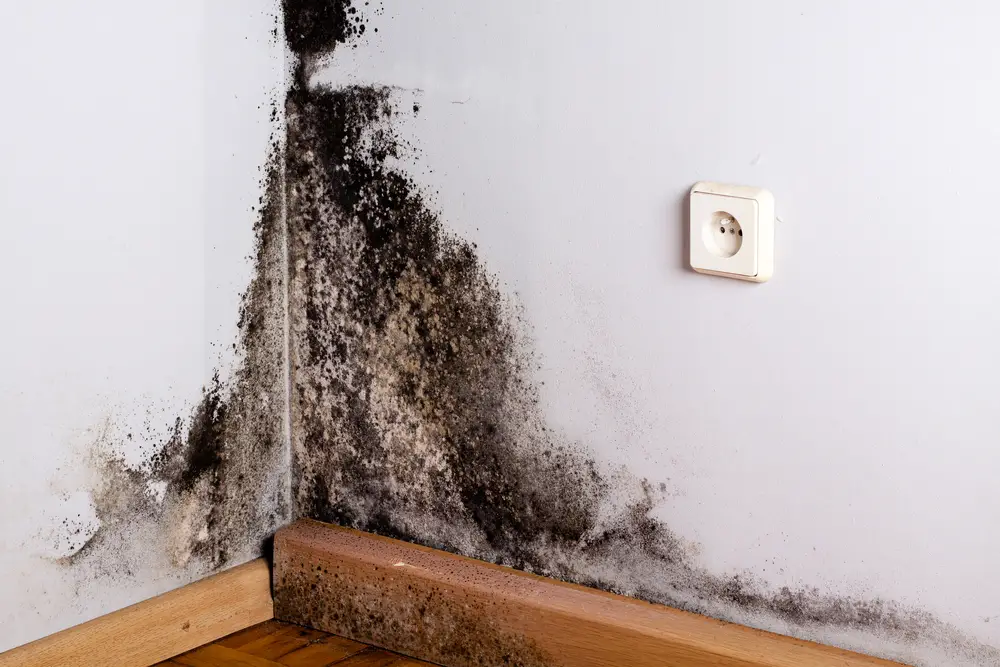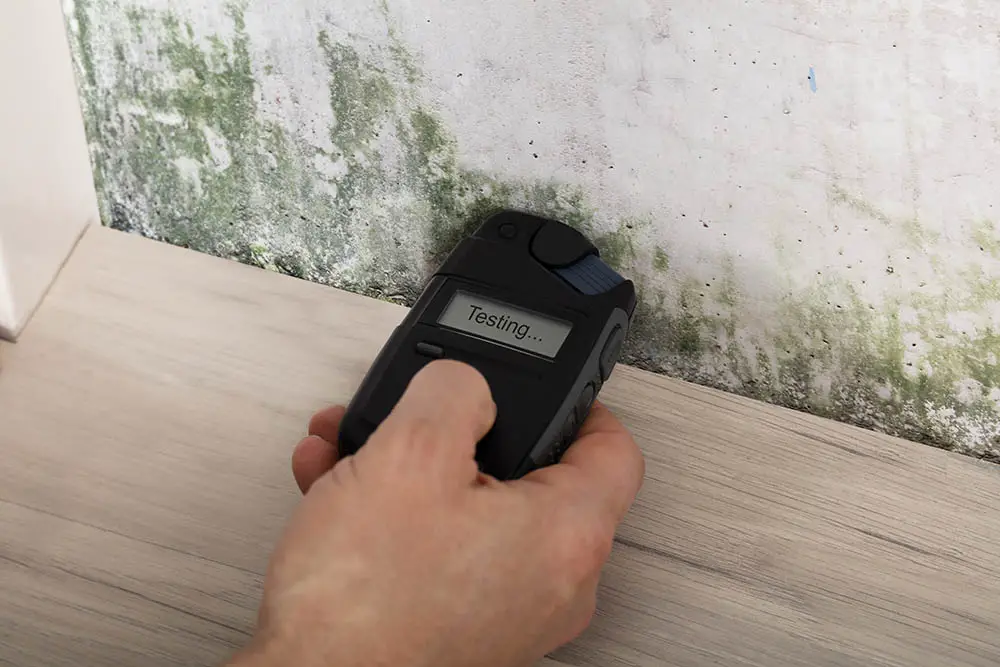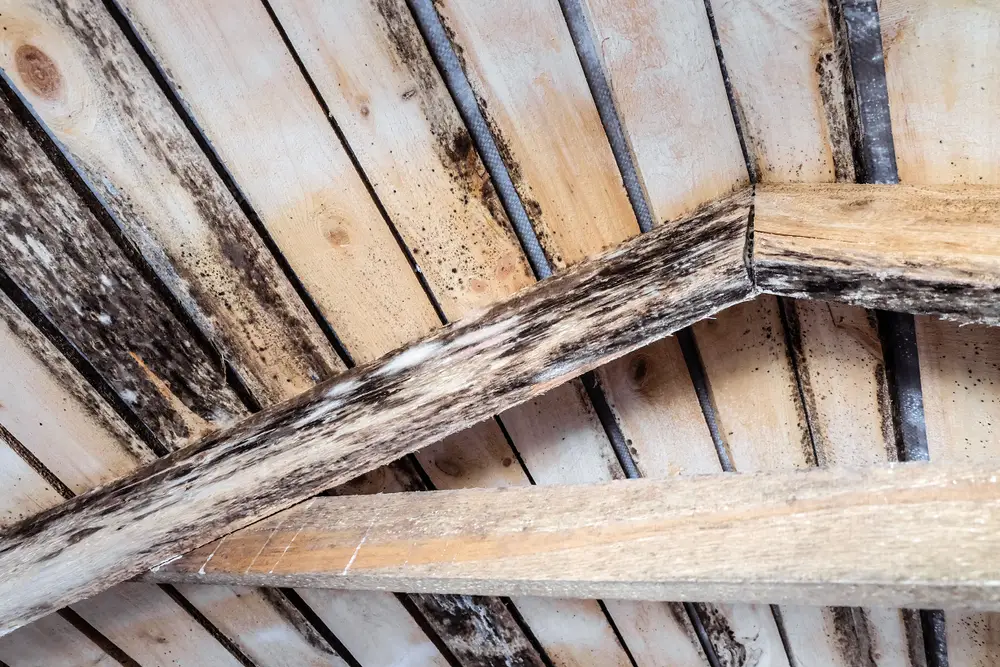Mold growth is a common issue in many homes and can lead to various health problems. To combat mold, homeowners often turn to air purifiers as a potential solution. In this blog, we will delve into the topic of whether air purifiers are effective in dealing with mold. We will explore their benefits, limitations, and considerations when using air purifiers for mold prevention and remediation.
What is Mold?
Mold is a type of fungus that can grow both indoors and outdoors. It thrives in damp and humid environments, feeding on organic materials such as wood, fabric, or paper. Mold reproduces through tiny spores that are released into the air and can settle on various surfaces. When mold spores are inhaled or come into contact with skin, they can cause a range of health issues.
Common health risks associated with mold exposure include allergic reactions, respiratory problems, irritations, and in some cases, more severe conditions.
Mold prevention and remediation pose significant challenges due to the hidden nature of mold growth, difficulty in identifying moisture sources, and the need for specialized techniques to safely remove mold without spreading spores.
Effective mold control requires a combination of moisture control, proper ventilation, and prompt remediation to mitigate the risks associated with mold growth and safeguard indoor environments.
How Air Purifiers Work

Air purifiers are devices designed to improve indoor air quality by removing pollutants and contaminants from the air. They work by drawing in air and passing it through a filtration system that captures and traps particles. The cleaned air is then released back into the environment. Air purifiers are equipped with fans to circulate air effectively and ensure efficient filtration.
Different types of air purifiers
There are various types of air purifiers available on the market, each utilizing different technologies to remove airborne pollutants. Some common types include:
HEPA Filters
HEPA filters or High-Efficiency Particulate Air Filters are highly effective in capturing small particles, including mold spores, pollen, dust mites, and pet dander. They can remove up to 99.97% of particles as small as 0.3 microns.
UV-C Light Technology
Air purifiers with UV-C light technology utilize ultraviolet light to destroy microorganisms such as bacteria, viruses, and mold spores. However, UV-C light alone is not sufficient for removing particles or allergens from the air.
Ionic Air Purifiers
These purifiers release negatively charged ions into the air, causing particles to stick to surfaces or be attracted to positively charged collector plates within the device. However, some ionic air purifiers can produce ozone as a byproduct, which may be a concern for individuals with respiratory sensitivities.
Understanding filtration technologies
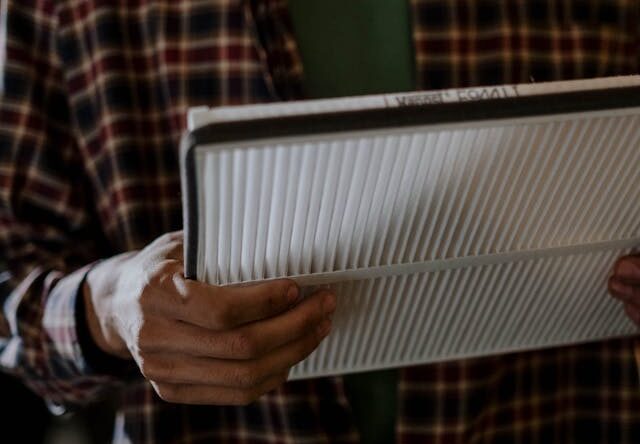
Air purifiers employ various filtration technologies to capture and remove different types of airborne particles. The most effective air purifiers utilize HEPA filters, as they are designed to trap even the smallest particles. HEPA filters work by creating a dense mesh of fibers that physically capture pollutants as air passes through them.
In addition to HEPA filters, some air purifiers may incorporate other filtration technologies such as activated carbon filters or UV-C lights. Activated carbon filters excel at removing odors and chemical gases, while UV-C lights help neutralize microorganisms. Understanding the different filtration technologies available can assist in selecting an air purifier that is best suited to address specific air quality concerns.
By employing appropriate filtration technologies, air purifiers can effectively reduce mold spores, allergens, and other airborne particles, contributing to improved indoor air quality and potentially reducing the risk of respiratory issues. However, it is important to note that air purifiers should be used as part of a comprehensive approach to address mold issues, including identifying and addressing moisture sources and implementing proper remediation techniques.
Are Air Purifiers Good for Mold?
In conclusion, while air purifiers can be beneficial in reducing airborne mold spores and improving indoor air quality, they have limitations in dealing with mold on surfaces and eliminating the source of mold growth. It is crucial to address moisture issues, control humidity levels, and consider professional mold remediation when necessary. When selecting an air purifier for mold concerns, choose one with HEPA filters and consider additional features that target mold particles. By adopting a comprehensive approach to mold prevention and remediation, homeowners can create a healthier living environment and minimize the risks associated with mold exposure.

